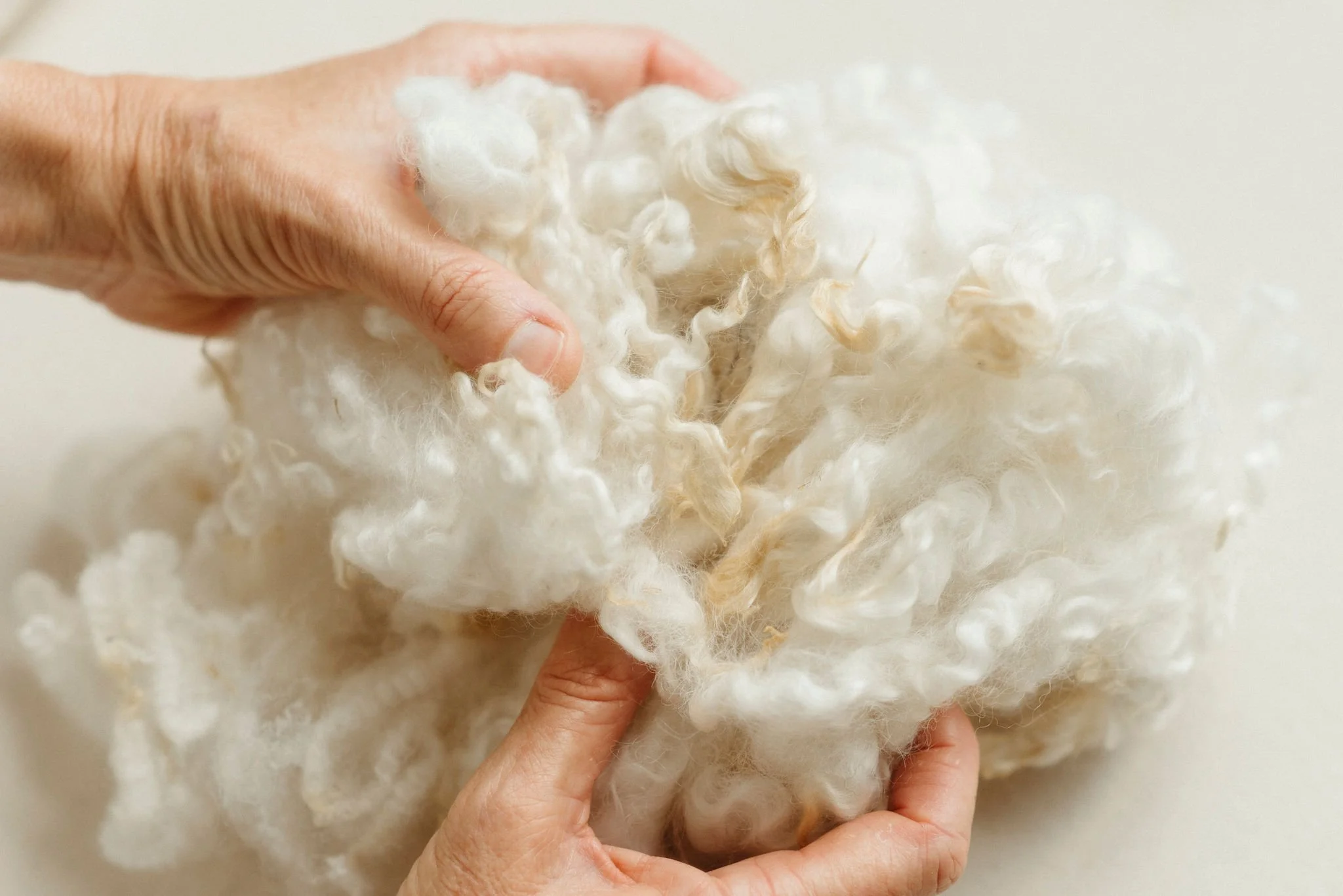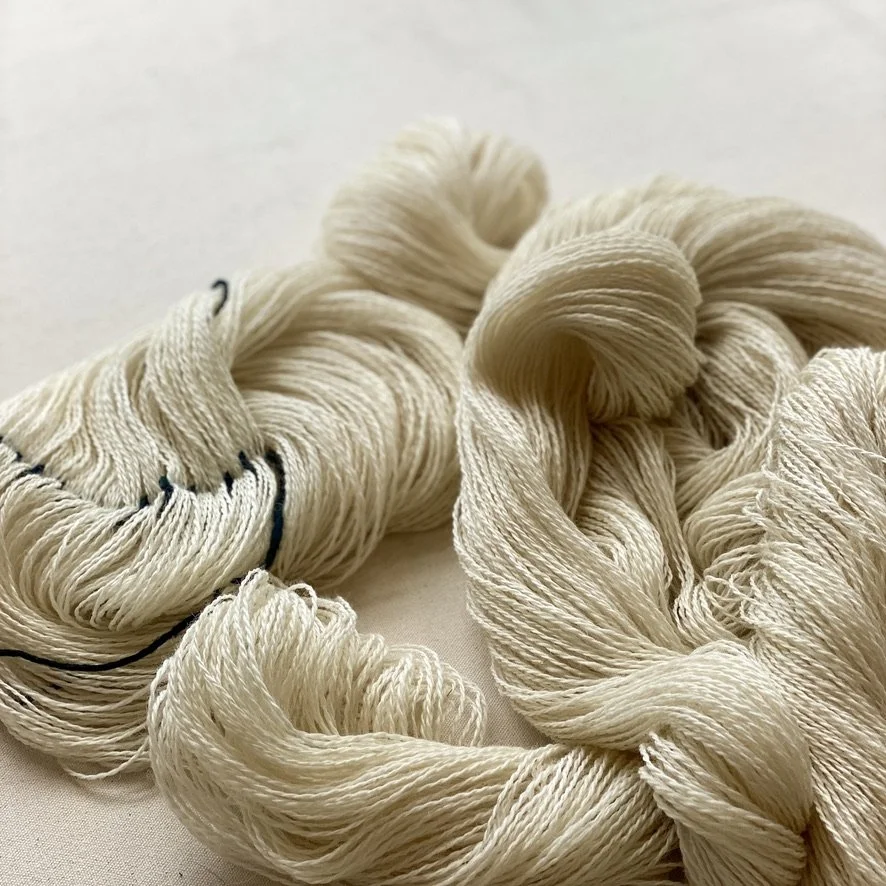Why Wool?
In an age when the health of our environment is in jeopardy, some leaders are searching for innovative ways to decrease textile waste and pollution.
Along with raw and naturally occurring fibers such as hemp, cotton, silk, bamboo, and jute, scientists are experimenting with recycled polyester, nylon, spandex, lyocell, and biobased plastics.
In time, we may not be surrounded by fossil fuel-based textiles.
For now though, I am interested in reviving the use of wool, a once prolific resource for textile production.
Wool is intrinsically renewable, durable, and biodegradable and therefore is quite well suited to be one of the key solutions to sustainability in the textile world.
Due to its high level of nitrogen and its ability to retain moisture, raw wool has proven to be useful as a slow-release fertilizer as well. Some hobby gardeners are making use of the density of wool as weed mat.
Sheep continue to grow fleece each year and must be shorn annually for the health of the animal. If sheep are recognized for this critical renewable material, we could safely rely on wool long into the future.
Further, the natural elasticity of wool makes it resistant to tearing when woven or knitted into fabric. The strong outer coating on the fibers makes it withstand abrasion adequately.
The coil spring which elongates when extended and springs backs when released allows wool to bend and flex generously, making it suitable for use in the home.
Wool is flame-resistant, takes dye naturally, felts and does not hold odor.


